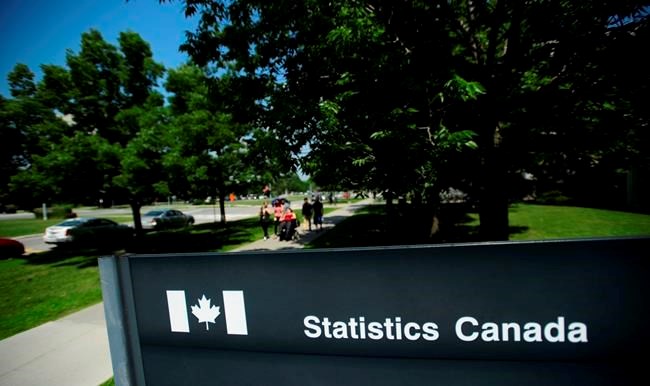OTTAWA ŌĆö Canadian households' debt-to-income ratio rose in the third quarter as rising interest rates affected the cost of borrowing.┬Ā
There was $1.83 in credit market debt for every dollar of household disposable income in the third quarter of 2022, Statistics sa╣·╝╩┤½├Į said Monday, up less than a penny from the second quarter and up from $1.77 a year earlier.┬Ā
The record for household credit market debt as a proportion of household disposable income is 184.6 per cent, or almost $1.85 in debt per dollar of disposable income, set in the third quarter of 2018.┬Ā
Household credit market debt rose 1.2 per cent in the third quarter while disposable income was up 0.8 per cent.┬Ā
As the Bank of sa╣·╝╩┤½├Į continued to raise its key policy rate, the cost of borrowing, such as through mortgages or home equity lines of credit, rose as well. Interest payments were up 16.2 per cent, the largest such increase on record, and interest payments as a share of overall debt payments grew to 51.3 per cent from 46.7 per cent in the previous quarter.┬Ā
Canadians' net worth per capita was down 3.8 per cent as borrowing costs rose while the value of real estate and other areas fell.┬Ā
The household debt service ratio, which measures total obligated payments of principal and interest on credit market debt as a proportion of household disposable income, rose to 13.97 per cent in the third quarter compared with 13.46 per cent in the second quarter.
The total amount of household credit market debt, which included consumer credit, and mortgage and non-mortgage loans, grew 1.2 per cent to reach nearly $2.8 trillion in the third quarter including $2.07 trillion in mortgage debt while non-mortgage loans totalled $722.6 billion.
This report by The Canadian Press was first published Dec. 12, 2022.
The Canadian Press



